#twentieth century artists
Text
Lucian Freud :: William Feaver

View On WordPress
#1-8543-7399-4#20th century art#books by william feaver#british art#british artists#british painters#british painting#english art#human art#human figure drawing#human pictures#nude art#nude portraits#painting humans#painting portraits#twentieth century artists
2 notes
·
View notes
Text
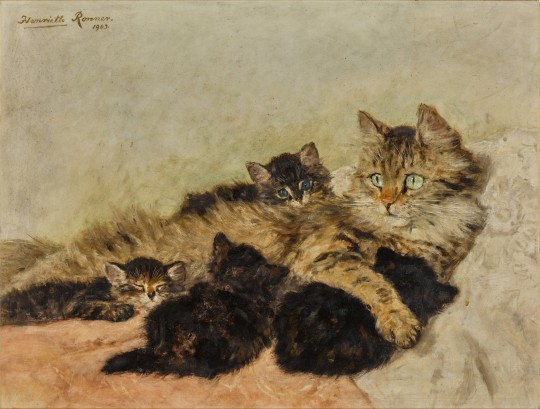
Henriette Ronner-Knip (Dutch, 1821-1909): Mother's pride (1903) (via Sotheby’s)
#Henriette Ronner Knip#women artists#women painters#art#painting#twentieth century#1900s#cats#kittens#dutch painters
1K notes
·
View notes
Photo





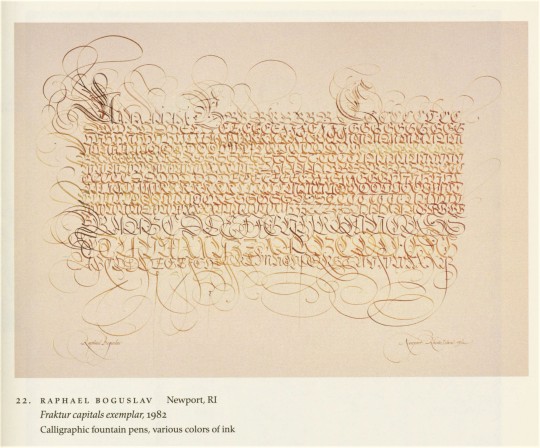

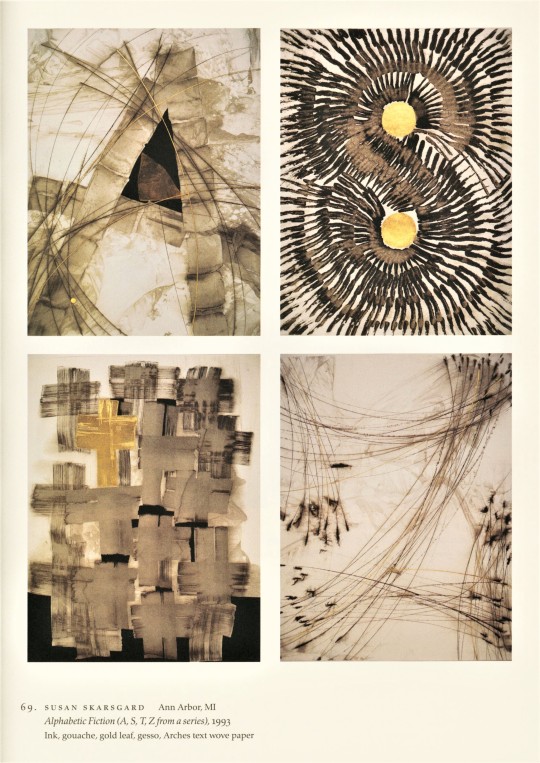

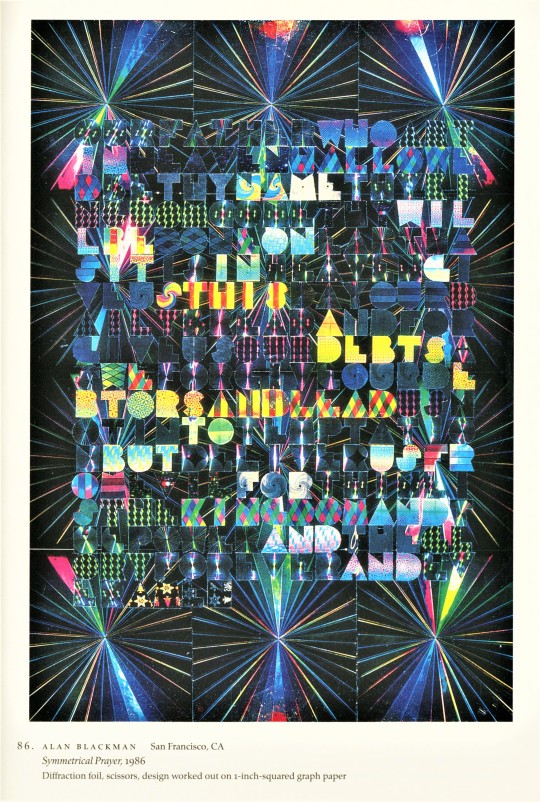
Decorative Sunday
Kandinsky said, “Letters act as practical and useful signs, but also as pure form and inner melody.” This quote appears on a Society of Scribes 10th Anniversary Keepsake from 1984, one of the pieces featured in Artist & Alphabet: 20th Century Calligraphy & Letter Art in America.
The exhibition catalog was published in Jaffrey, New Hampshire in 2000 by David R. Godine in conjunction with the American Institute of Graphic Arts and the Society of Scribes and was printed in at The Stinehour Press in Vermont. The exhibit and catalog were curated by Jerry Kelly (who was also the book designer) and Alice Koeth (who provided the title page calligraphy). The catalog includes an introduction from Donald Jackson.
While Artist & Alphabet contains a wide overview of the lettering arts of the 20th century, for this Decorative Sunday I have focused on the specimens that embody that spirit of what Jackson calls “spontaneously made, deeply personal pirouettes of the pen, blots and all.” These works show how letter forms can be utilized not just to convey information, but as a visual grammar in and of itself.
You can find more publications from Godine here.
View more Decorative Sunday posts here.
-Olivia, Special Collections Graduate Intern
#Decorative Sunday#Artist & Alphabet#Artist & Alphabet: Twentieth Century Calligraphy & Letter Art in America#David R. Godine#Godine#American Institute of Graphic Arts#Society of Scribes#Stinehour Press#Jerry Kelly#Alice Koeth#Donald Jackson#calligraphy#letter arts#decorative art#decorative arts#decorative plates#olivia
204 notes
·
View notes
Text

Obviously this is one of those paintings people have a lot of “OMG, they were comrades” snark about, but I actually love its tenderness unironically.
They are pale; the way white boys unused to being out of their clothing and this vulnerable with each other are, but there’s this innocence full of possibility to this.
Who are they going to be? Lovers? Fuckbuddies? Friends who are tender and vulnerable with each other?
I love to see portrayals of men and masc people with this kind of tenderness. I like the way you get to read yourself if the nudity is sexual or not, because it’s not exploitative. They are not positioned for the pleasure of the viewer, and you get to choose if they are going to be positioned for the pleasure of each other, or just for openness with each other.
It’s a thing I do actually quite love about some literature of this period; there *are* portrayals of tender masculinities like this out there. Tolkien is obviously the prime example most of us know about, but given I was that weird kid who devoured old books, I’ve come across more.
We are so used to only seeing masculinity portrayed as hard. And that hurts us all so much - men and people of marginalised genders, female and otherwise, alike.
For some reason I read this as very working class coded, and I genuinely don’t know why - obviously one of the great possibilities of nudity in art is the *removal* of class signifiers, so the viewer is *free* to read the portrayed in the way that makes sense to them. To me, this reads as two very young factory workers slipping away for a day together on the beach, with that guilty and delicious freedom you get when no one else knows where you are, with their dog.
I’m now looking to see if I can find paintings, or other artistic portrayals, of black young men with any similar tenderness and possibility.
I know they’ll very likely be a fuck of a lot later because this was painted right in the middle of the period when white society was incredibly invested in portraying black men and black masculinity as violent and bestial - not that we are out of that period now either, as every murder of a young black boy by police shows anew.
A painting showing this kind of tenderness, ambiguity and possibility in black young men or masc people would be incredibly radical because portrayals of black masculinity tend to be so *unceasingly* hard.
Please post if you have any, if you have the time and spoons. I am not an art historian and this isn’t my speciality so I would love to see what better-informed folk might show me.
#art#twentieth century art#masculinity#artistic nude#tender masculinity#racism#radical tender masculinity#art history
24 notes
·
View notes
Text




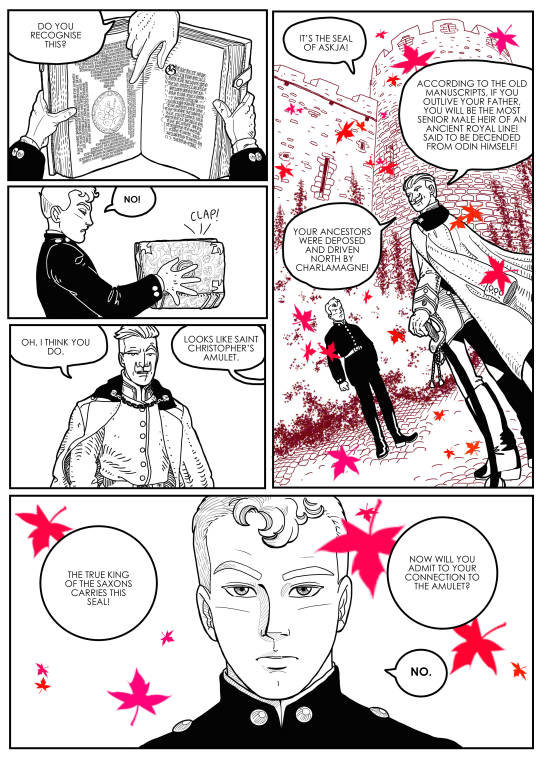
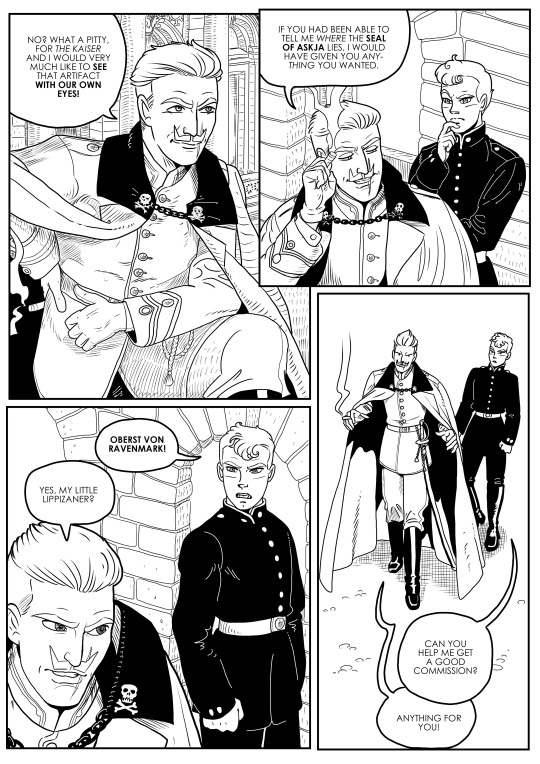
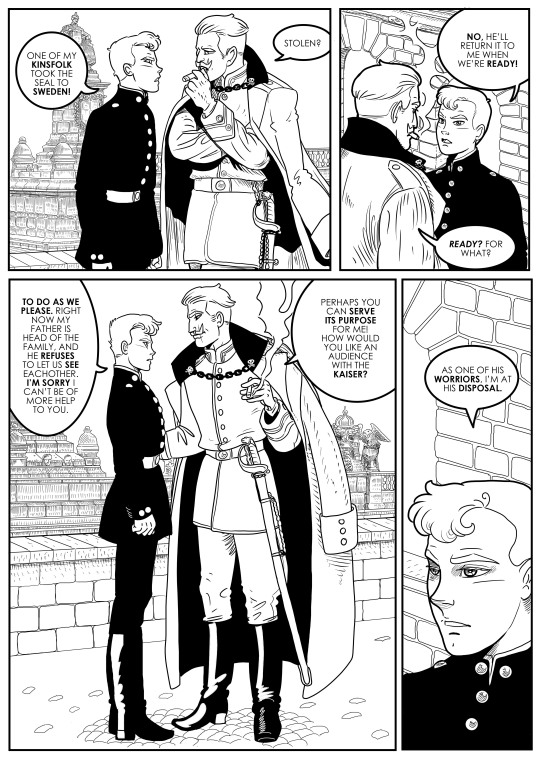
Today I finished the lines for the 140th page of Ottoway vol 2, 50 pages to go!
I'm technically two days behind schedule, I had hoped to have it all drawn before the new year. After that it'll all need to be coloured, and have a final check over with my editors.
Here is a yet-to-be-coloured sneak peak of Vincent's back story, as thanks for the support from my followers, and fellow ww1fiction artists & writers! 🥰
For anyone new to the Ottoway project, here is my web page.
#ottoway#ww1 fiction#original comic#vincent odinkirk#austerlitz von ravenmark#konigsberg#east prussia#pen and ink#digital#artist on tumblr#twentieth century
17 notes
·
View notes
Text
Today marks the day I figured out Paper Girls and Yellowjackets are different television shows.
#personal#liveblogging stories#Both are television shows featuring teenage girls at the end of the twentieth century and their adult counterparts now.#One is based on a comic by a very well known artist and the other is apparently about cannibalism.#fandom osmosis
65 notes
·
View notes
Text

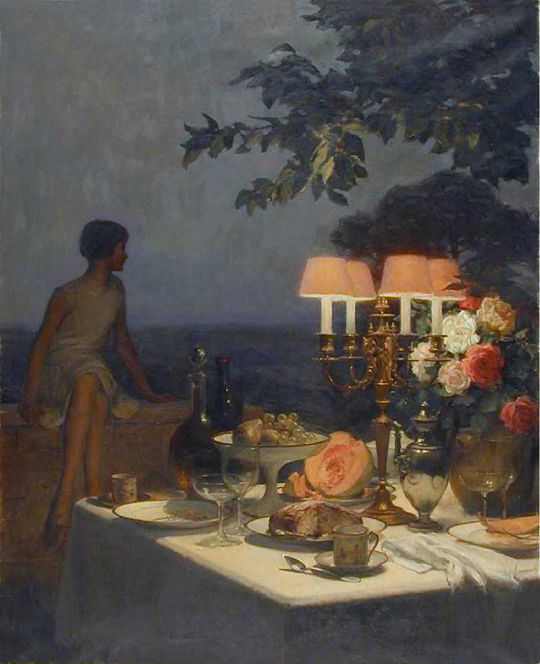
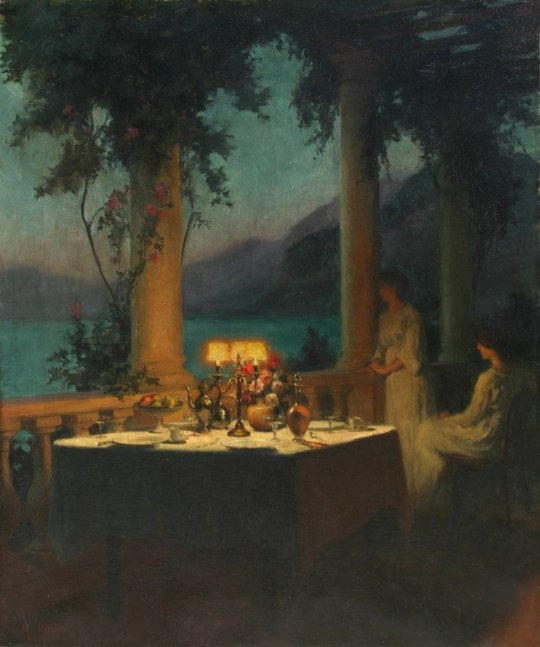

Art by Marcel Rieder (1862–1942)
#art#paintings#marcel rieder#french art#french painting#nineteenth century#twentieth century#19th century#20th century#oil painting#artistic#painter#artworks#french artist#france#*my post
9 notes
·
View notes
Text

Abdur Rahman Chughtai, The Extinguished Flame, 1920s, watercolor on paper, Fukuoka Asian Art Museum, Fukuoka.
(source)
#fine art#art#art history#history of art#twentieth century#20th century#1920s#watercolor#works on paper#abdur rahman chughtai#asian art#asian artist
24 notes
·
View notes
Photo
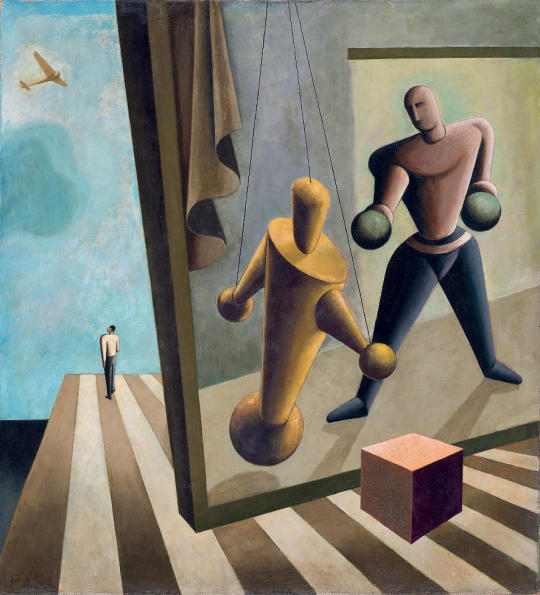
MWW Artwork of the Day (12/6/22)
Sándor Bortnyik (Hungarian, 1893-1976)
The Twentieth Century (1927)
Oil on canvas, 84.7 x 77.7 cm.
Museo Nacional Thyssen-Bornemisza, Madrid
"The Twentieth Century" is Sándor Bortnyik ’s tribute to his times. The subject of the work is industrial progress and technology —- a central theme for the avant-garde of the age. The composition shows an ambiguous space that recalls El Lissitzky’s Proun paintings, combined with the presence of the “New Man” symbolised by robotised boxers, which also links up with the Russian artists’ pursuit of an athletic male image. For this representation of the “New Man” Bortnyik also draws from the “triadic figures” of Oskar Schlemmer and the mechanical anatomies of Willi Baumeister, both of whom he met while at the Bauhaus. Furthermore, the underlying vision of the world conveyed by this painting may be related to man’s solitude in an increasingly mechanised world, a theme found in the paintings of both Léger and De Chirico.
For more of this artist's work see this MWW gallery:
https://www.facebook.com/media/set/?vanity=TheMuseumWithoutWalls&set=a.3604231583015518
6 notes
·
View notes
Text
David Bowie and Jerry Lewis
I always thought Jerry in the 40s looked a lot like David Bowie. Thin and ambiguous-looking like him. Jerry Lewis and David Bowie are, each in their own genre of entertainment, among the greatest artists of the twentieth century. And thinking about how they greeted their audience before "leaving" I see a certain similarity on this too... Lazarus (Blackstar) and Max Rose represent their "farewell gift" to the world.
The Lazarus video ends with Bowie walking into a closet in the corner of the room whose doors opened in the first place, and disappearing into there.
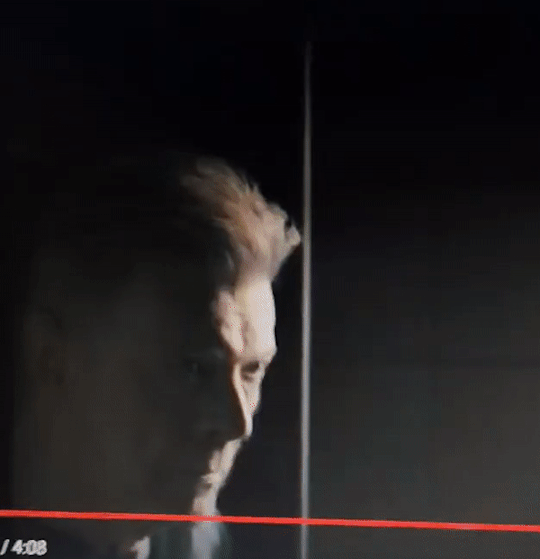
Max Rose's film ends with Jerry who, in his now uncertain walk (in real life he was almost unable to walk, he was almost blind and almost deaf and slept every night attached to an oxygen tank) goes towards the "Light" ...


gif of Jerry @oldhollywoodsworld
If you are one of the greatest artists of the twentieth century and two days before your death you publish a song like this and a video like this all over the world, it cannot be a coincidence. In his career David Bowie has worn dozens of masks, preceding the others and sensing what in his world would have been and still was not. After a lifetime of stalking the future, Bowie says goodbye by staring fate in the face, and singing it to us all. The last mask that the White Duke - a career made up of continuous artistic "resurrections" - wears is that of Lazarus, that is, that of every man who is destined to die, but not to end. His final farewell is not an aesthetic exercise, but a request for something beyond, a request to rise again, and no longer artistically. Look up here, I'm in heaven.
(Piero Vietti)
EDIT: I just read it now, I swear!
We spoke of death early and often. At dinner one night he told us that one of the reasons he wanted to make Max Rose – to die on screen – was as a final gift to his fans. “We were young together, we got old together, and now we’re at the end together and I want to show them that they don’t have to be afraid.”
From (X)
@oldhollywoodsworld @lillybetts @starryyide @pleiades974
#david bowie#jerry lewis#two of the greatest artists of the twentieth century#two genius#artists and geniuses to the end#ONLY death took them away from what they both LOVED to do#Jerry has also worn many masks in his work#Jerry has been resurrected many times#jerry was pronounced dead when he had a heart attack
6 notes
·
View notes
Photo

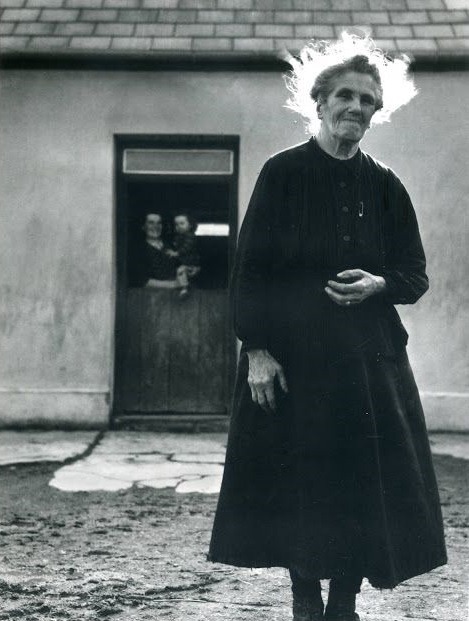

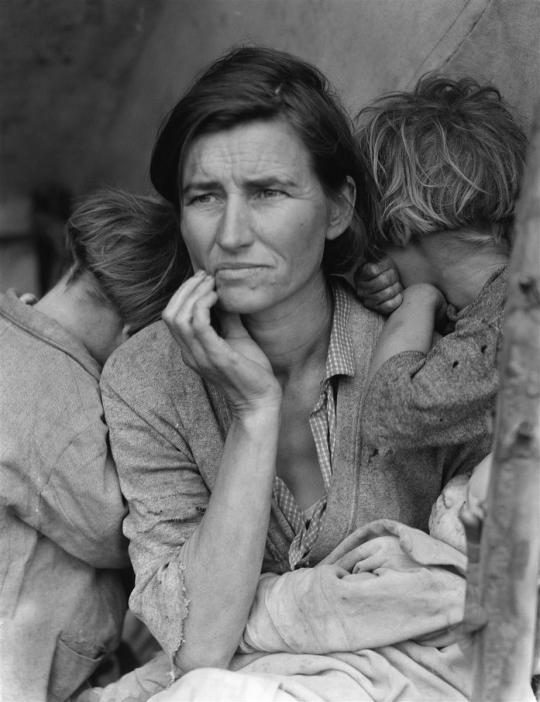

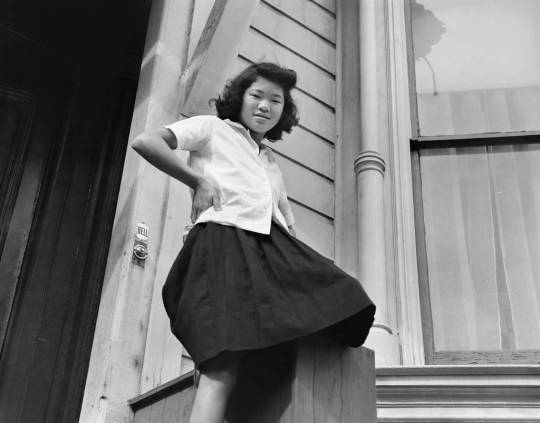
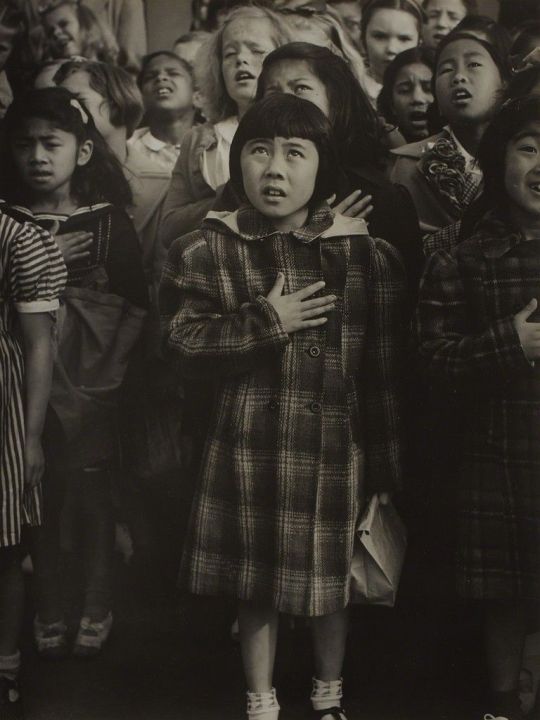

↪[Favourite artists 15/???]
Dorothea Lange, (May 26, 1895 – October 11, 1965)
Nationality: American. Movement: Social Realism.
#Fav artists#photography#American History#American Photographs#twentieth century#social realism#photo journalism#documentary photographs#Black and white photographs#Black & White#Black and white photography#people
2 notes
·
View notes
Text

Laura Theresa Alma-Tadema (English, 1852 - 1909): At the Doorway (via Sotheby's)
#Laura Theresa Alma Tadema#women artists#women painters#art#painting#nineteenth century#twentieth century#portrait#english painters#clothes
578 notes
·
View notes
Note
Yuri (Japanese: 百合, lit. "lily"), also known by the wasei-eigo construction girls' love (ガールズラブ, gāruzu rabu), is a genre of Japanese media focusing on intimate relationships between female characters. While lesbianism is a commonly associated theme, the genre is also inclusive of works depicting emotional and spiritual relationships between women that are not necessarily romantic or sexual in nature. Yuri is most commonly associated with anime and manga, though the term has also been used to describe video games, light novels, and literature.
Themes associated with yuri originate from Japanese lesbian fiction of the early twentieth century, notably the writings of Nobuko Yoshiya and literature in the Class S genre. Manga depicting female homoeroticism began to appear in the 1970s in the works of artists associated with the Year 24 Group, notably Ryoko Yamagishi and Riyoko Ikeda. The genre gained wider popularity beginning in the 1990s; the founding of Yuri Shimai in 2003 as the first manga magazine devoted exclusively to yuri, followed by its successor Comic Yuri Hime in 2005, led to the establishment of yuri as a discrete publishing genre and the creation of a yuri fan culture.
As a genre, yuri does not inherently target a single gender demographic, unlike its male homoerotic counterparts yaoi (marketed towards a female audience) and gay manga (marketed towards a gay male audience). Although yuri originated as a genre targeted towards a female audience, yuri works have been produced that target a male audience, as in manga from Comic Yuri Hime's male-targeted sister magazine Comic Yuri Hime S.
String identified:
(aa: 百合, t. ""), a t a-g ctct g' (ガールズラブ, gā a), a g aa a cg tat at t a caact. a a c acat t, t g a c ctg ta a ta at t tat a t ca atc a at. t c acat t a a aga, tg t t a a t c ga, gt , a tat.
T acat t gat aa a ct t a ttt ct, ta t tg a a tat t Ca g. aga ctg a tc ga t aa t 1970 t att acat t t a 24 G, ta aag a a. T g ga at gg t 1990; t g a 2003 a t t aga aga t c t , t cc Cc 2005, t t tat a a ct g g a t cat a a ct.
A a g, t t tagt a g g gac, t a tc ctat a (at ta a a ac) a ga aga (at ta a ga a ac). Atg gat a a g tagt ta a a ac, a c tat tagt a a ac, a aga Cc ' a-tagt t aga Cc .
Closest match: Branchellion lobata genome assembly, chromosome: 11
Common name: Marine leech

783 notes
·
View notes
Text
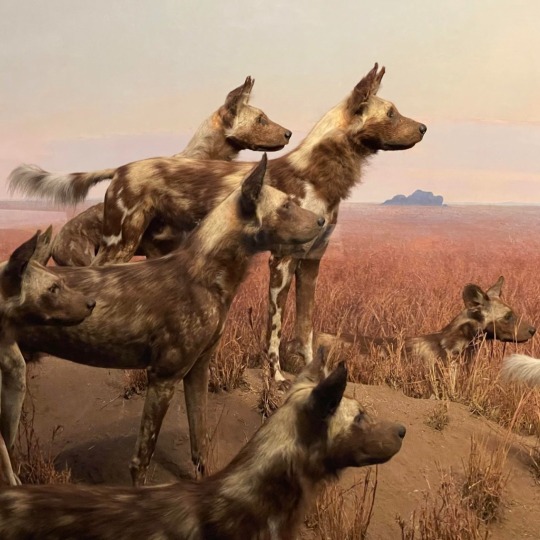
For today’s Exhibit of the Day, let’s check out the Hunting Dog Diorama! This scene, which takes place on the Serengeti Plain in northern Tanzania, depicts a group of these predatory dogs with their gaze fixed on a distant zebra. African hunting dogs (Lycaon pictus) are some of the continent’s most formidable predators: Thanks to their teamwork, these carnivores have a hunting success rate of more than 70 percent—far higher than that of lions or leopards.
As with all of the Museum’s habitat dioramas, this scene is a re-creation based on the meticulous observations of scientists in the field in the early twentieth century and the onsite sketches and photographs of the artists who accompanied them. You can see this diorama in the Museum’s Hall of African Mammals! Plan your visit.
Photo: © AMNH
#science#amnh#museum#nature#natural history#animals#did you know#fact of the day#animal kingdom#hunting dog#canids#wild dog#dioramas
330 notes
·
View notes
Text

Today In History
Marvin Gaye was a major force in twentieth century music—a singer of rare sensitivity, a versatile pianist, expert drummer, writer of startling originality and producer capable of seamlessly integrating a multitude of melodic strands. Beyond his great popularity, his impact on artists of his generations and generations to come is enormous.
Like no artist before or after, Gaye possessed an uncommon cool for combining the secular and spiritual. A man who lived much of his life at war with himself, music was his refuge, the place where he generated wondrous harmony.
Marvin Pentz Gay Jr. was born in Washing, D.C. on this date April 2, 1939.
CARTER™️ Magazine
#marvin gaye#carter magazine#carter#historyandhiphop365#wherehistoryandhiphopmeet#history#cartermagazine#today in history#staywoke#blackhistory#blackhistorymonth
265 notes
·
View notes
Photo

Paul Landacre (1893 – 1963) American
“Siesta” 1930
Wood Engraving
Landacre was an active participant in the cultural flowering of interwar Los Angeles, described by Jake Zeitlin as a "small Renaissance, Southern California style". His artistic innovations and technical virtuosity gained wood engraving a foothold as a high art form in twentieth-century America.
674 notes
·
View notes